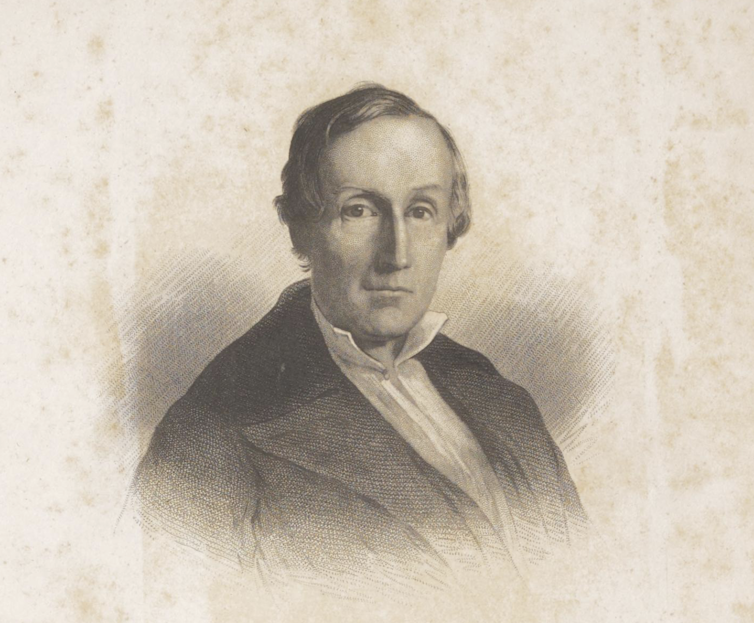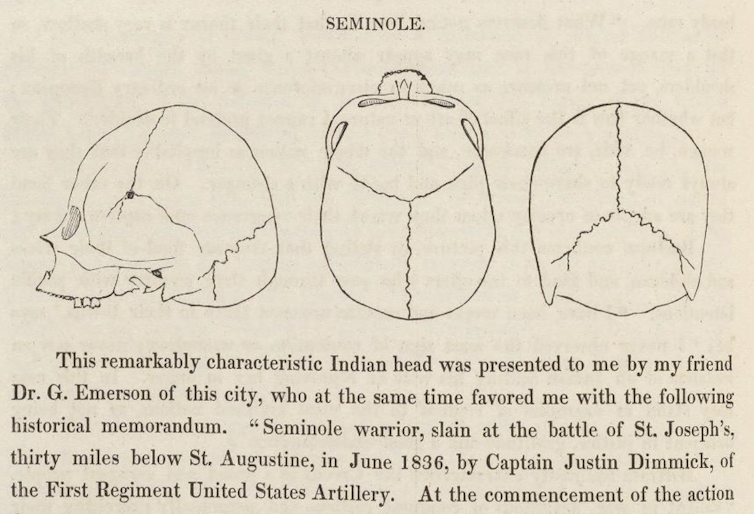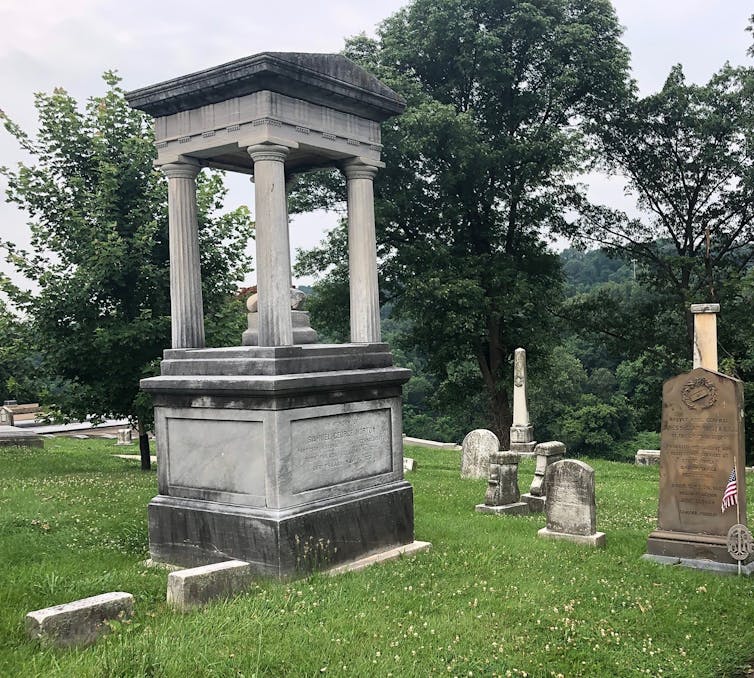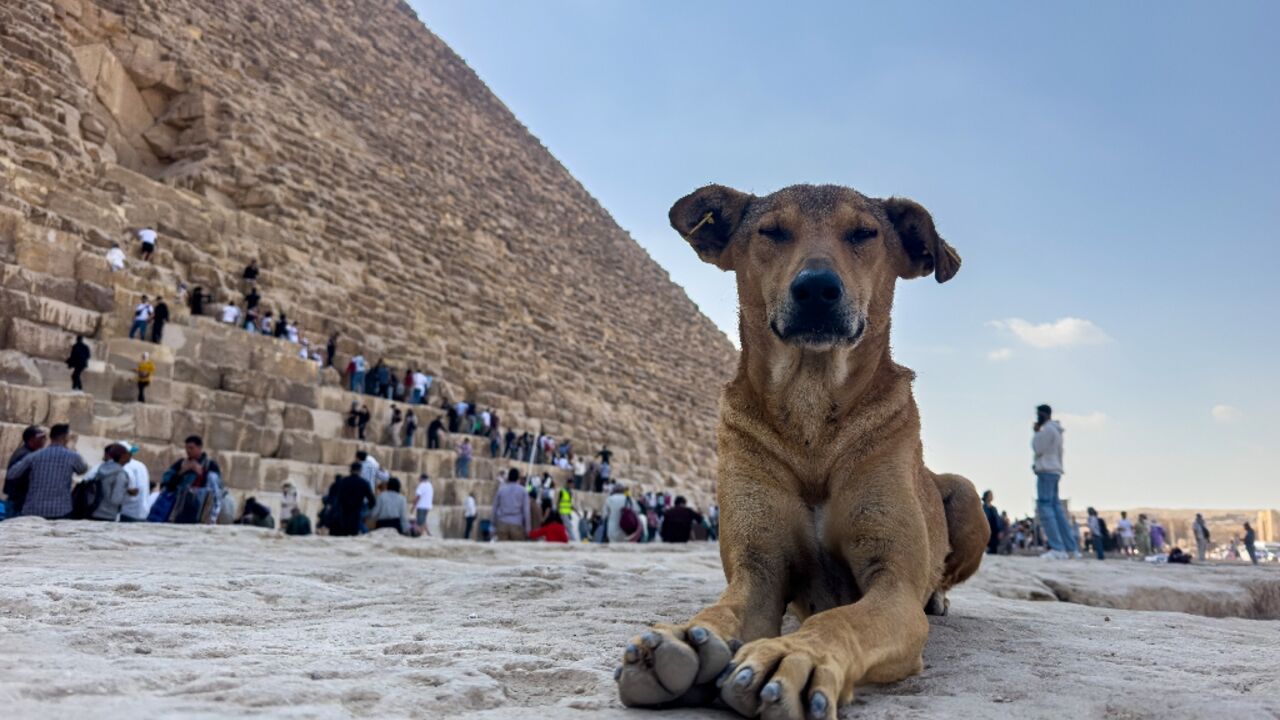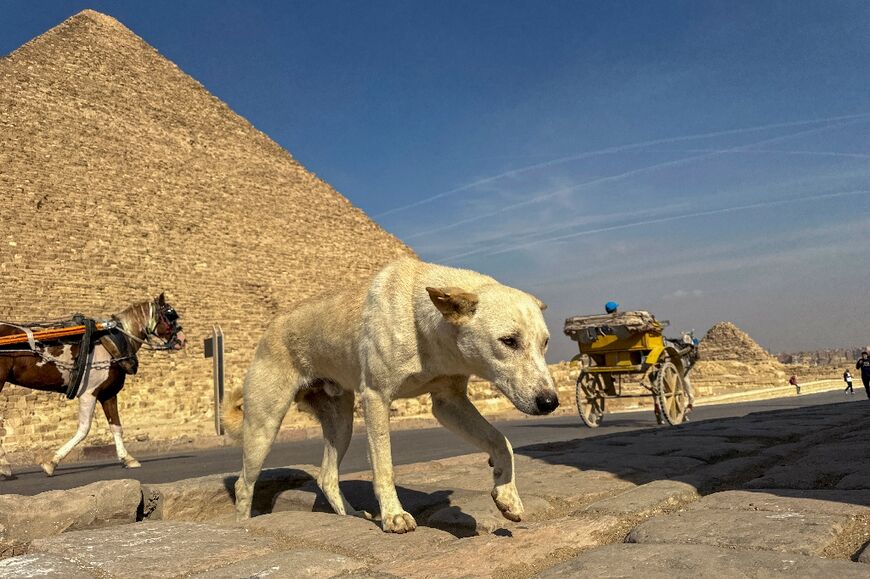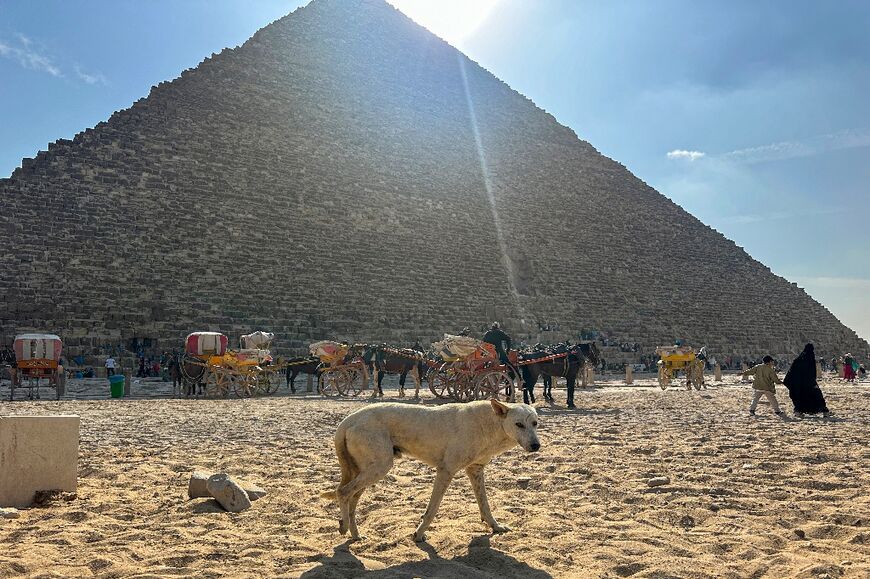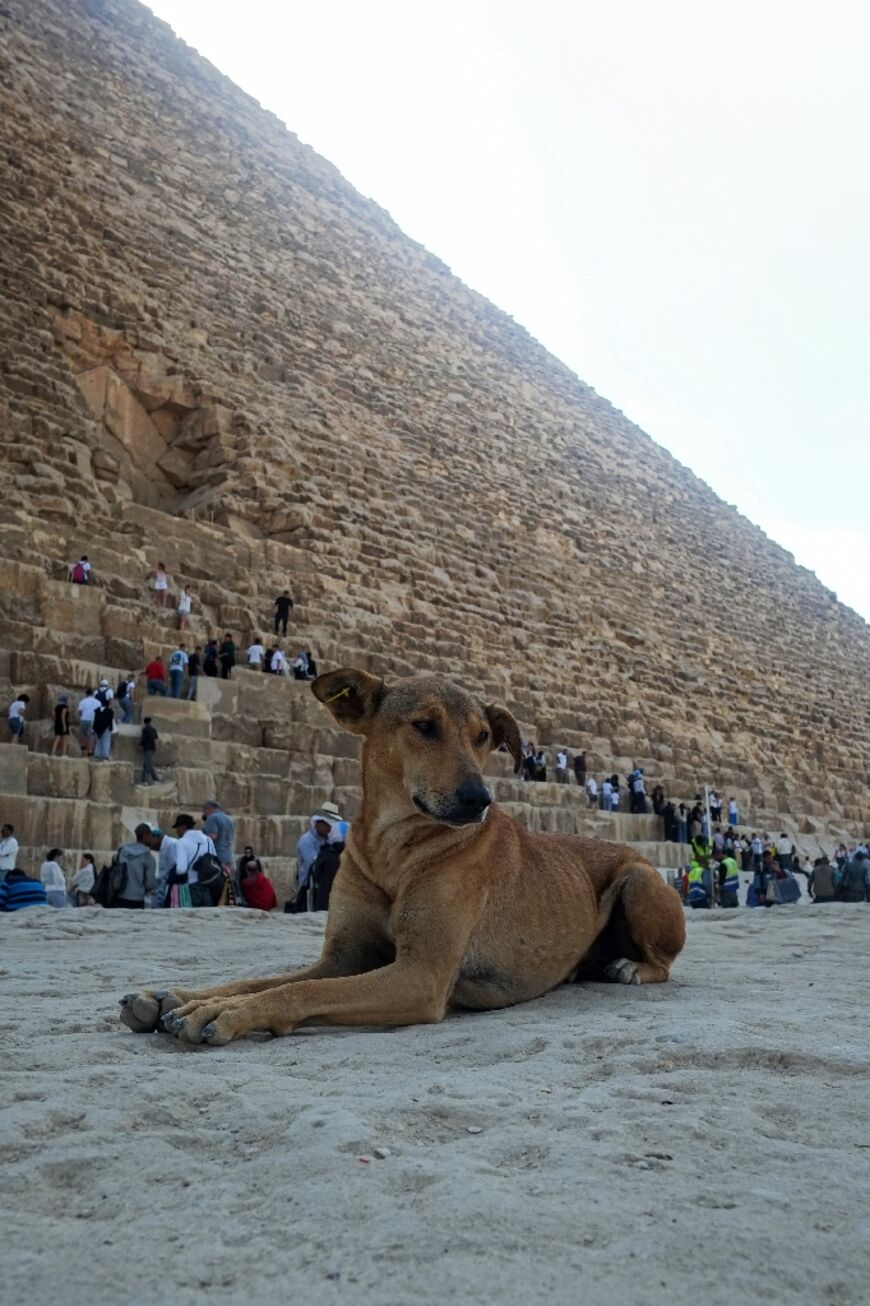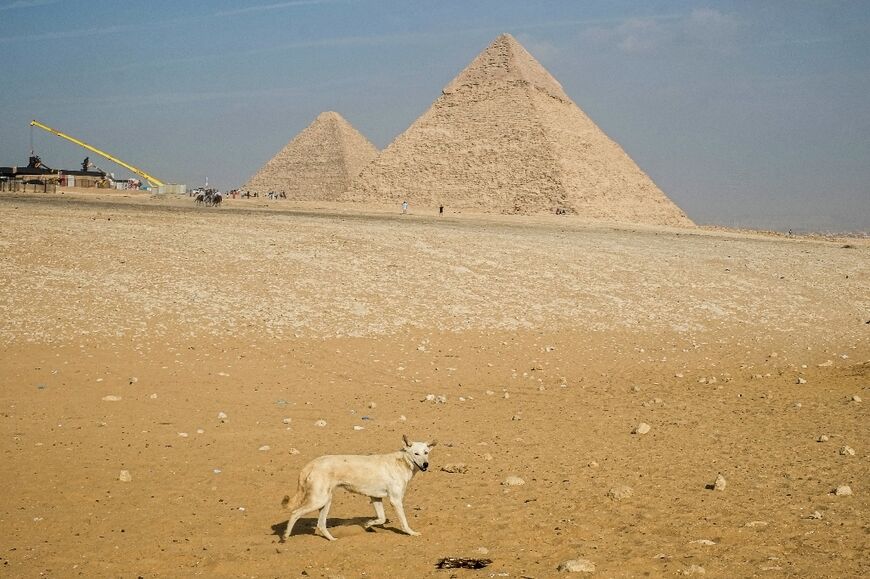Chickens Are Smarter Than You Think

Hæn-fugul (hen), Book of Hours; England, c. 1300; Walters Art Museum, MS W.102, f. 77v.
People think they know lots about chickens, and you’d think they would: There are four living chickens for every living person in the world—and since chickens are domestic fowl (a separate subspecies from their wild ancestor, the red jungle fowl of Southeast Asia), all of them live among humans.
Still, chickens are rarely celebrated in our culture and seldom given the respect they deserve. I once sat next to a man on an airplane who detailed for me at length the attributes of the species: they are stupid, disgusting, filthy, cowardly, occasionally cannibalistic automatons, he said.
How had he acquired this opinion? It turned out he had worked at a factory farmwhere most chickens are raised for food in the United States in a dirty, overcrowded warehouse resembling a prison camp.
This is not the best place to get to know someone. Nor is a dinner plate. Yet, for most of us, our relationship with chickens is generally of a culinary nature. In fact, the first definition of the word “chicken” I encountered on the internet doesn’t even mention that it’s a bird. It’s “the flesh of a chicken used for food.”
According to the National Chicken Council, the average American eats more than one hundred pounds of chicken every year, making it the most popular meat consumed in the United States. Worldwide, some 70 billion birds yearly are roasted, boiled, Kentucky Fried, and turned into everything from McNuggets to the famous “Jewish penicillin,” chicken soup.
Over the decades of sharing my life with successive flocks of these affectionate, industrious, and resourceful birds, I’ve learned that almost everything people “know” about chickens is wrong.
At the Agway feed store, my friend Gretchen ordered 12 chicks of the same breed she’d first owned—Black Sex-Links—for my husband Howard and me. They are so named because the females can be identified upon hatching by their all-black color, averting the problem of raising a coop full of jealous roosters. She hand-raised them in a heated trailer on the farm.
Howard and I often visited them there, holding one or two peeping chicks in our hands, on our laps, or tucked into our sweaters, speaking softly to each so she would know us. When they were old enough—no longer balls of fluff but sleek, slim black miniatures of their eventual adult selves—they moved into our barn. Our travels in the Chicken Universe had begun.
At first, I was afraid they’d run away or become lost. We prepared a cozy, secure home for them on the bottom floor of our barn, with wood shavings scattered over the dirt floor, a dispenser for fresh water, a trough for chick feed, some low perches made from dowels, and a hay-lined nest box made from an old rabbit hutch left over from one of the barn’s previous denizens, in which they could, in the future, lay eggs.
Chickens need to be safely closed in at night to protect them from predators, but by day, we didn’t want to confine them; we wanted to give them free run of the yard. But how could they possibly understand that they lived here now?
Once we let them out, would they even recognize their space in the barn and go back in it? When I was in seventh grade, my family moved to a new house; on my first afternoon there, I literally got lost in my own backyard. Could these six-week-old chicks be expected to know better?
Gretchen assured me there would be no problem.
“Leave them in the pen for 24 hours,” she told me. “Then you can let them out, and they’ll stick around.
They’ll go back in again when it starts to get dark.”
“But how do they know?” I asked.
“They just do,” she said. “Chickens just know these things.”
When I found them all perched calmly back in their coop before dusk, I saw that Gretchen was right.
In fact, chickens know many things, some from the moment they are born. Like all members of the order in which they are classified, the Galliformes, or game birds, just-hatched baby chickens are astonishingly mature and mobile, able to walk, peck, and run only hours after leaving the egg.
This developmental strategy is called precocial. Like its opposite, the altricial strategy (employed by creatures such as humans and songbirds, who are born naked and helpless), the precocial strategy was sculpted by eons of adaptation to food and predators. If your nest is on the ground, as most game birds’ are, it’s a good idea to get your babies out of there as quickly as possible before someone comes to eat them. So newborn game birds hatch covered in down, eyes open, and leave the nest within 24 hours.
They followed me everywhere, first cheeping like the tinkling of little bells, then clucking in animated adult discussion. If I were hanging out the laundry, they would check what was in the laundry basket. If I were weeding a flower bed, they would join me, raking the soil with their strong, scaly feet, then stepping backward to see what was revealed. (Whenever I worked with soil, I suspect they assumed I was digging for worms.)
When Howard and I would eat at the picnic table under the big silver maple, the Ladies would accompany us. When my father-in-law came to help my husband build a pen for Christopher Hogwood, who was still a piglet, the Ladies milled underfoot to supervise every move. The hens were clearly interested in the project, pecking at the shiny nails, standing tall to better observe the use of tools, and clucking a running commentary all the while.
Before this experience, Howard’s dad would have been the first to say that he didn’t think chickens were that smart. But they changed his mind. After a few hours, I noticed he had begun addressing them. Picking up a hammer they were examining, he might say, directly and respectfully, “Pardon me, Ladies”—as if he were speaking to my mother-in-law and me when we got in the way. But when their human friends are inside, and this is much of the time, the Ladies explore on their own.
A chicken can move as fast as nine miles an hour, which can take you pretty far, and ours have always been free to go anywhere they like. But ours have intuited our property lines and confine their travels to its boundaries. They have never crossed the street. For years, they never hopped across the low stone wall separating our land from our closest neighbors. That came later—and it was not the result of any physical change in the landscape but the outcome of a change in social relationships among their human friends.
My travels in the Chicken Universe have been a portal to an unknown kingdom. We all see birds daily, and chickens are among the most familiar birds. Yet again and again, as I watch the hens and roosters in my life, I am reminded how movingly like us birds can be—and how thrillingly different.
This adapted excerpt is from What the Chicken Knows by Sy Montgomery (Atria Books, 2024) and is licensed under Creative Commons Attribution-NonCommercial-ShareAlike 4.0 International License (CC BY-NC-SA 4.0) with permission from Atria Books. It was adapted and produced for the web by Earth | Food | Life, a project of the Independent Media Institute.

